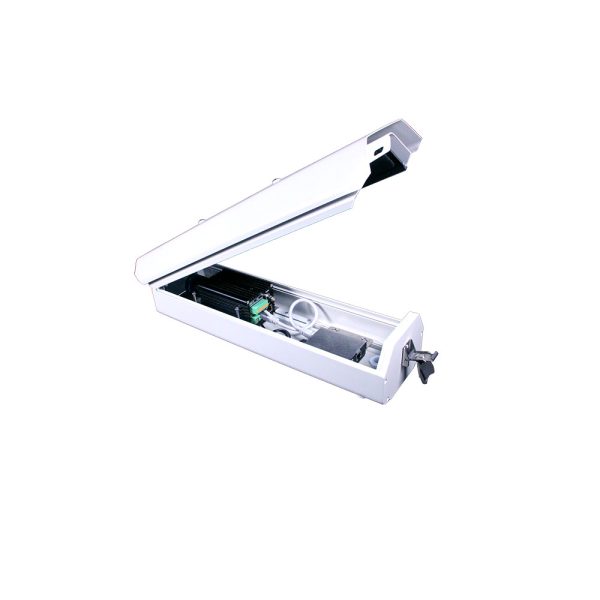The face recognition camera module is a cutting-edge technology that has revolutionized the field of biometrics and surveillance. This article explores the adaptability of this module, highlighting its applications, advancements, and potential impact on various industries.
Advancements in Face Recognition Camera Module
The face recognition camera module utilizes advanced algorithms to analyze facial features and match them with existing databases. It can accurately identify individuals even in challenging conditions such as low light or crowded environments. With continuous research and development, these modules have become more efficient, reliable, and capable of handling real-time identification tasks.
Moreover, recent advancements have enabled face recognition camera modules to detect emotions by analyzing micro-expressions on people’s faces. This feature has significant implications for fields like marketing and psychology where understanding consumer behavior or emotional responses is crucial.
The Role of SMARTGIANT

In the realm of face recognition camera modules, SMARTGIANT stands out as a leading provider known for their innovative solutions. Their expertise lies not only in developing state-of-the-art hardware but also in creating intelligent software algorithms that enhance accuracy and speed.
SMARTGIANT’s face recognition camera modules are designed with adaptability in mind. They can be seamlessly integrated into existing security systems or used independently for specific applications such as access control or attendance management. The modular design allows easy customization based on individual requirements without compromising performance.
The Importance of Test and Measurement Instruments
To ensure optimal functionality and reliability of face recognition camera modules, rigorous testing using specialized instruments is essential. test and measurement instruments play a vital role in evaluating factors like accuracy rates, response times, image quality under different lighting conditions, robustness against spoofing attacks (e.g., using photographs), etc.
These instruments enable manufacturers to fine-tune their modules, identify potential weaknesses, and improve overall performance. They also aid in benchmarking different face recognition camera modules available in the market, allowing customers to make informed decisions based on objective evaluations.
Conclusion
The adaptability of face recognition camera modules has opened up a wide range of possibilities across various industries. From enhancing security systems to improving customer experiences, these modules have proven their worth. With continuous advancements in technology and the support of companies like SMARTGIANT, we can expect even more sophisticated and reliable face recognition camera modules in the future.

